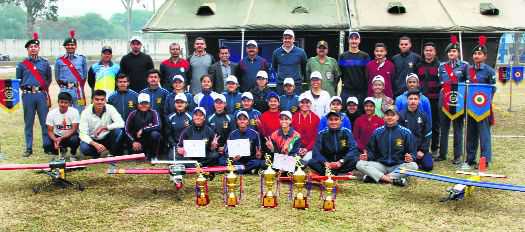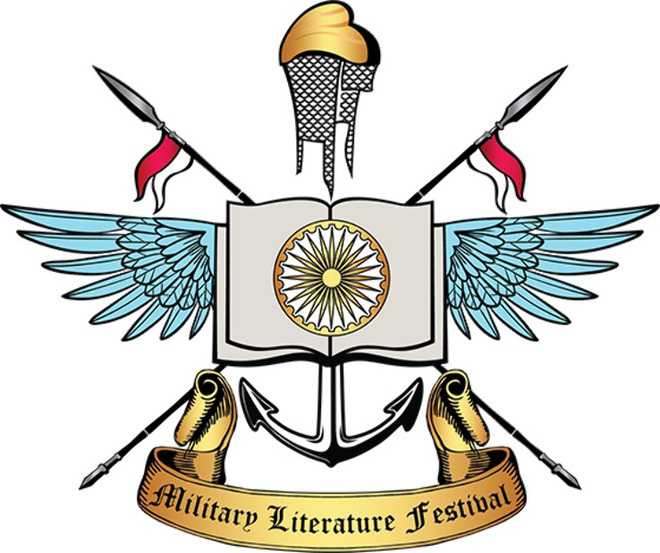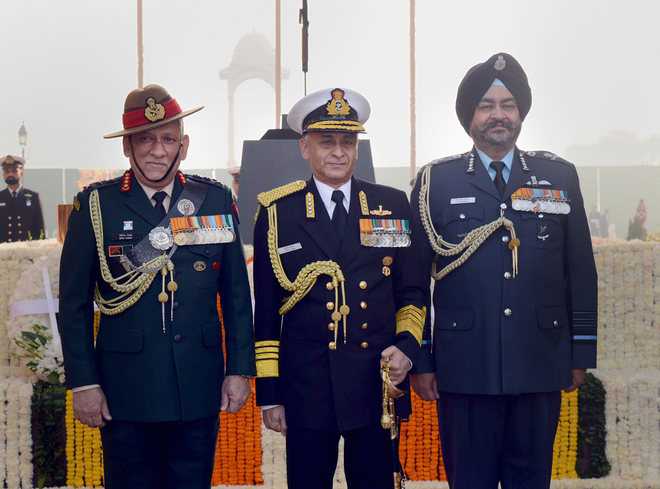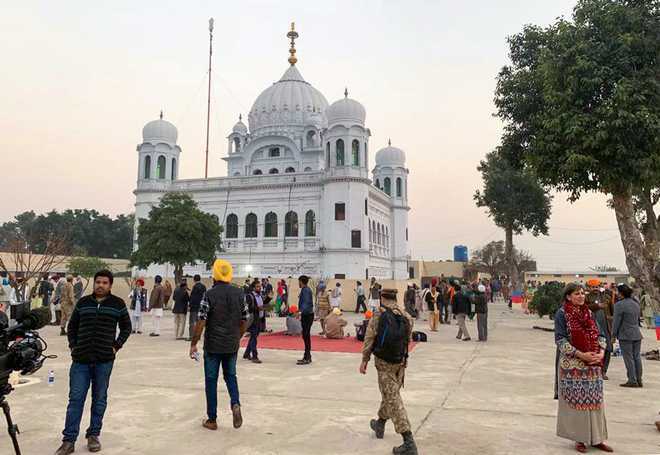Many defence PSUs have become victims of incompetent management, as evident from the falling standards of production, exports and project management. The business process is bureaucratised and politicised. There is a tendency to take the nomination route in securing procurement orders rather than competing in the open market.
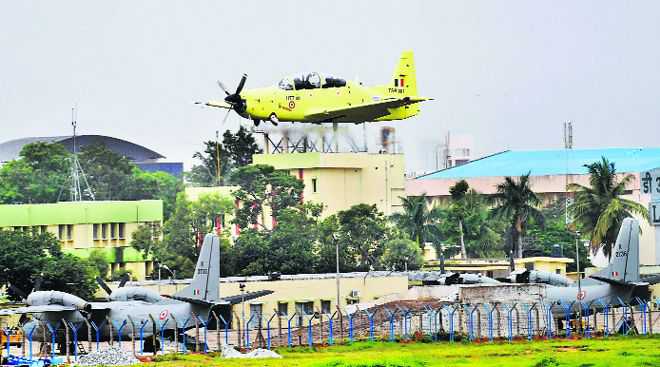
Drop: Hindustan Aeronautics Limited (HAL) registered a negative growth of 0.9 per cent in 2017 over the previous year.
Bhartendu Kumar Singh
Indian Defence Accounts Service
IN the recent SIPRI (Stockholm International Peace Research Institute) list of top-100 arms-producing companies, four Indian firms found a place. India’s annual arms production in 2017 grew by 6.1 per cent against the global figure of 2.2 per cent. However, Hindustan Aeronautics Limited (HAL) registered a negative growth of 0.9 per cent over the previous year’s figure. Also, the surge in India’s defence production is due to domestic demand. Media optimism about Indian defence companies going global is, therefore, misplaced. Indeed, a major public policy issue challenging India’s rise as a military power is the absence of arms production companies with global sales outreach.
HAL’s regressive performance is not a new phenomenon. In the past five years, its sales figures have almost stagnated. During this period, Lockheed Martin Corporation (US), the No. 1 arms company in the world, increased its sales figures by 25 per cent. HAL’s highly publicised claim of inbuilt capability of assembling state-of-the-art fighter jets (such as Rafale) notwithstanding, its own performance has been dissatisfactory with regard to Tejas and other aircraft and helicopters. Its export figures are laughable. A large section of its manpower is staring at potential joblessness due to reduced procurement and repair orders. It does not have sufficient cash in hand to pay January salaries to employees. The chain of ordnance factories, hitherto departmental undertakings, have done no better and continue to show a pathetic performance in SIPRI rankings.
Together, HAL and ordnance factories represent the larger problem: inability of Indian defence companies under government control to create global standards and outreach despite a basketful of policy supports, secured orders and favourable monopolistic treatment vis-a-vis private sector companies. All these days, they have been competing with themselves since the public policy preferences for public sector enterprises in the fifties and sixties gradually perpetuated monopolisation of production activities through the reserve list that still exists, albeit on a reduced scale. They often act as an extended bureaucracy having little interest in corporate governance. Further, many defence PSUs have become victims of incompetent management, as evident from the falling standards of production, exports and project management. The entire business process is bureaucratised and politicised. They can only boast of huge estates leased to them at throwaway prices, posh amenities for their top management and an inbuilt tendency towards the nomination route in securing procurement orders rather than competing in the open market.
Globally, few public sector entities have done well on a recurrent basis. Most have been glaring examples of what has often been called the ‘theory of public incompetence’. Additionally, in the Indian context, at least three sets of systemic obstacles prevent defence PSUs from performing better. First, there still is public policy preference for PSUs and departmental undertakings, though these ‘white elephants’ have been sitting on huge public resources and produce peanuts as deliverables. Perhaps the basketful of control mechanisms leaves very little functional autonomy for these entities. One example would suffice. In any ordnance factory set-up, the General Manager is supposed to deliver. However, he can’t even suspend a Group B employee without clearance from the Ordnance Factory Board (OFB) in Kolkata. He has several categories of small offices working alongside him, but not under his chain of command, such as audit, accounts, security and inspection. He does not have operational freedom to fix the prices of items; rather, this is done by the OFB that also dictates on supply chain and annual targets. He has to contend with inflated man-hours that eat into profits. Other than an ‘Ayudh medal’, he does not get any incentive for good performance.
Second, despite proven underperformance of defence PSUs and ordnance factories, a graduated, implementable and acceptable reform package is yet to be evolved. This is partly because these defence entities have managed to portray a collective image as ‘protector general’ of defence production activities in India, grabbing a major portion of domestic procurements among them. Together, they have encouraged the perpetuation of ‘licence raj’ and oligopoly, leaving very little space for the private sector to compete. Every now and then, newspapers are flooded with sponsored advertisements singing paeans to their production milestones. Such artificial constructs may lead to opinion in their favour, but deprive the nation of a competitive military industrial complex (MIC).
Third, despite an early start, our defence PSUs and ordnance factories have fossilised research and development (R&D) arrangements and have shown little interest in front-end military innovation over the years. A significant budget of R&D goes to inspection tours and logistics arrangements. There is little to show in terms of patents and designs despite a basketful of incentives. Little wonder they have not been able to move beyond ‘screw driver or assembly garage’ economy and have become laggards in revolution in military affairs (RMA). These entities also suffer from high levels of institutional isomorphism and refuse to learn from best global practices and advances in weapons production.
Reforming these defence entities and making them perform is a key policy challenge, more so since huge public financial investment is at stake. Learning from leading defence companies in the US, Russia, China and Israel is one way. Reducing government and bureaucratic control could be another step. Equal space for domestic private sector in defence production and procurement is also necessitated for competition and cost efficacy. Preference to domestic procurements vis-a-vis foreign ones is also desirable to shore up the performance of Indian firms. The armed forces, on their part, need to overcome their institutional preferences for foreign weapons and make long-term commitments to domestic MIC.
These steps could become a reality by redrafting the defence production policy that is still at the draft stage. The SIPRI report shows that small nations such as Turkey have done well in defence production through right policy choices and we can learn from them. Probably, there lies some hope for having world-class defence companies.
Views are personal
